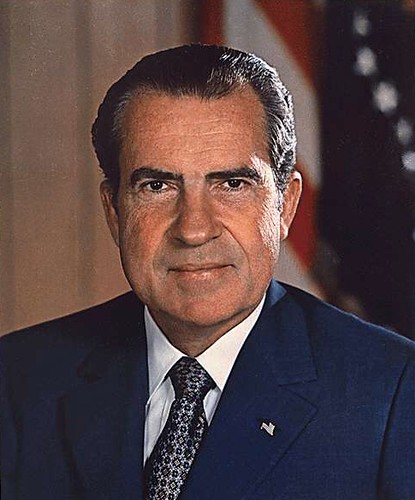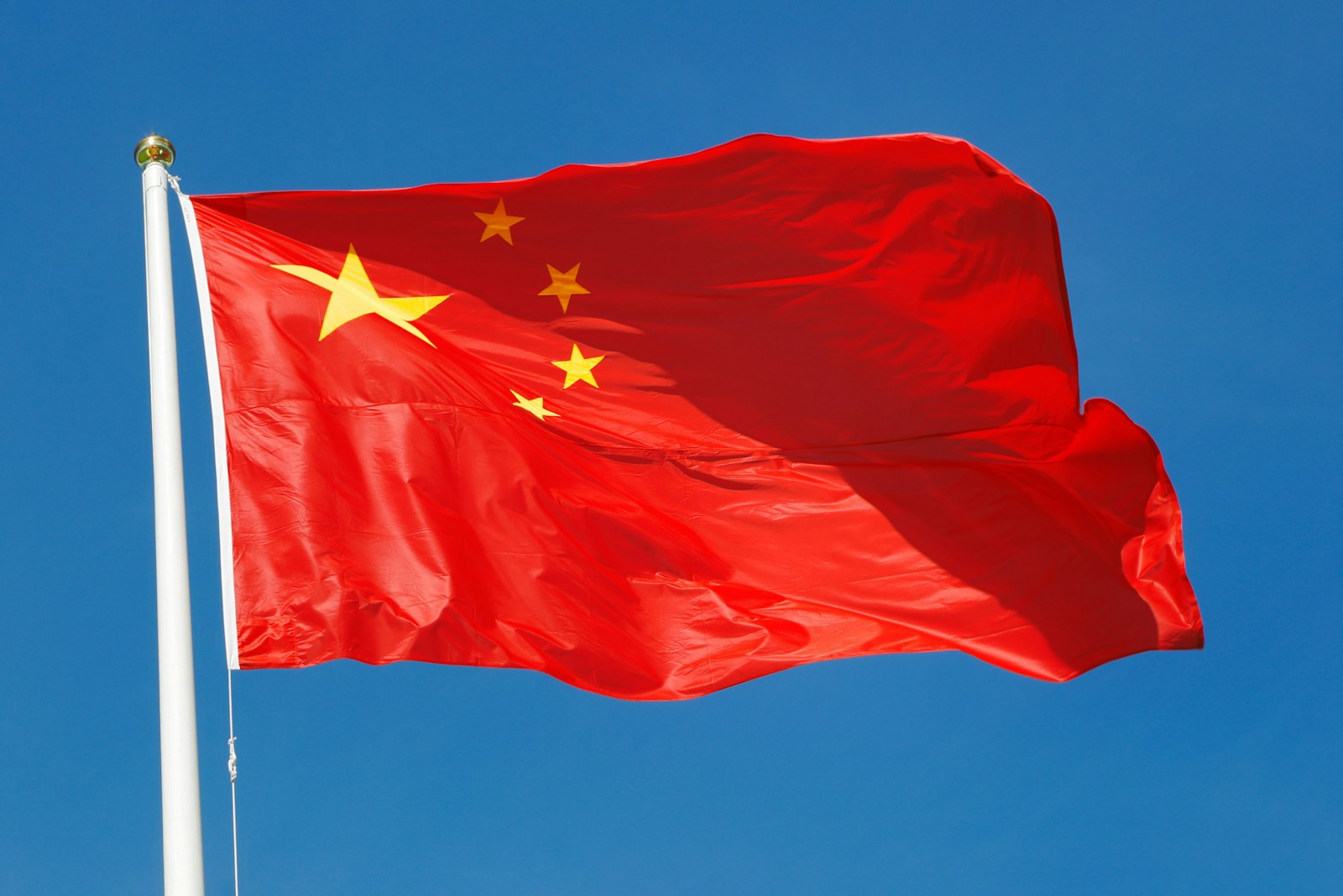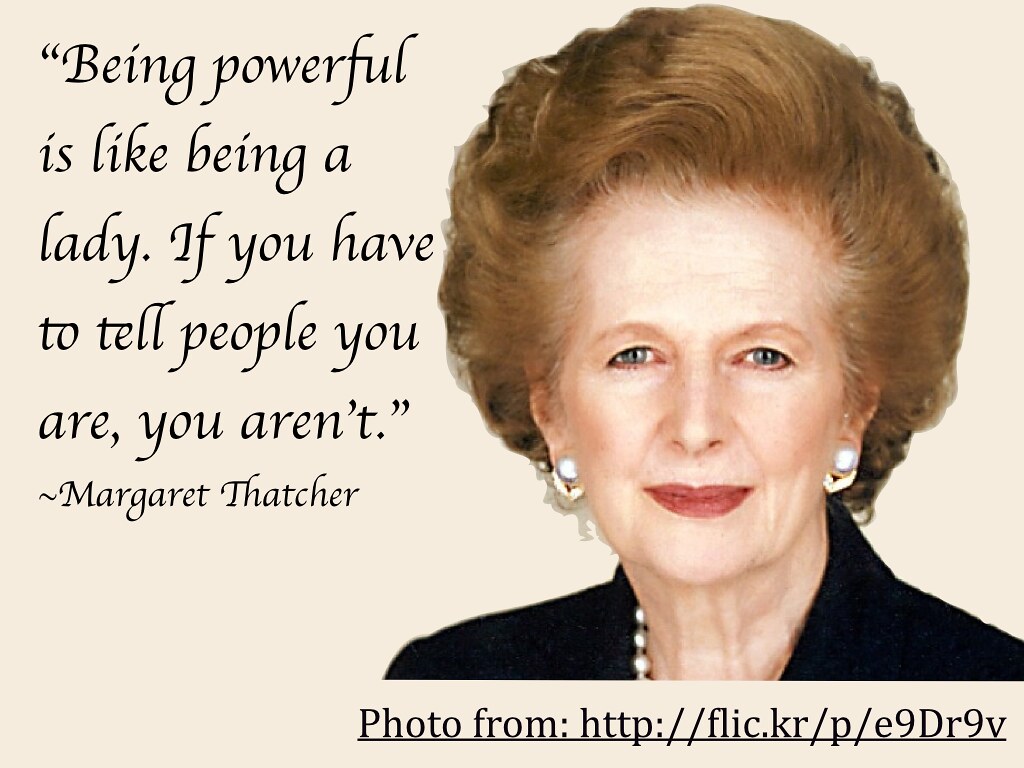
The 1970s often get a bad rap. Bell bottoms, disco, questionable home decor… but beneath the polyester sheen and groovy tunes, this decade was a total game-changer, a real pivot point in world history, as historians in the 21st century have increasingly portrayed it. It wasn’t just about fashion faux pas or Saturday night fever; it was a time when the world as we knew it started to unravel, and new, often shocking, realities emerged. Think of it as a massive global ‘vanished act’ for old norms, making way for the world we live in today.
Seriously, if you thought the ’60s were wild, the ’70s took that energy and channeled it into massive economic upheavals, political earthquakes, and technological leaps that are still vibrating through our lives. We’re talking about the end of the postwar economic boom, a surge in conflicts tied to decolonization, and a fierce global struggle between major powers. This wasn’t just a slow fade; it was a dramatic exit for an entire way of life and the grand entrance of forces that would shape everything from our daily tech to our geopolitical landscape.
So, buckle up, because we’re about to take a deep dive into 12 incredible moments from the ’70s that didn’t just make headlines; they fundamentally altered the course of human history. These are the stories of what disappeared, what burst onto the scene, and why this often-misunderstood decade is way more important than you probably ever realized. Let’s explore the first six mind-blowing shifts that show how our old world truly ‘vanished’ in the ’70s.

1. **Watergate Scandal & Nixon’s Resignation: The Vanishing Act of Political Trust.** Imagine a time when a sitting U.S. President, facing impeachment charges, resigns from office. That’s exactly what happened on August 9, 1974, when Richard Nixon displayed the V-for-victory sign as he departed the White House. This wasn’t just a political scandal; it was a seismic event that shook the foundations of American democracy and redefined the public’s relationship with its leaders. The Watergate scandal, triggered by a break-in at the Democratic National Committee headquarters, unraveled a web of illegal activities, cover-ups, and abuses of power within the Nixon administration.
Before Watergate, there was a certain level of implicit trust in the highest office, a presumption of integrity, perhaps born from a different media landscape and post-war unity. But as the details emerged – leaked information, secret recordings, obstruction of justice – that trust began to erode. The idea that a president could be so deeply involved in such egregious misconduct, and that his administration would go to such lengths to conceal it, was a shocking revelation for many. It was a dramatic vanishing act for political innocence and ushered in an era of heightened public cynicism and scrutiny.
The media played a crucial role, tirelessly pursuing leads and exposing uncomfortable truths, often against immense pressure. This era solidified the role of investigative journalism as a crucial check on power, demonstrating that even the most powerful individuals are not above the law. Nixon’s resignation, an unprecedented event in U.S. history, left an indelible mark, serving as a stark reminder of accountability and the fragility of democratic institutions when power is unchecked. The lasting legacy is a world where citizens, and the press, are far more vigilant.

2. **The End of the Vietnam War: A Retreat and a New Global Order.** The United States was still deeply involved in the Vietnam War in the early part of the decade, a conflict that had already stretched for years and deeply divided American society. The New York Times, in a move that highlighted the growing unrest and disillusionment, leaked information regarding the nation’s involvement. This act of journalistic bravery, combined with immense political pressure, finally led to America’s withdrawal from the war in 1973. The Fall of Saigon in 1975 marked the official end, leading to frantic evacuations of South Vietnamese allies that same year.
The Vietnam War’s conclusion represented the vanishing of a major post-WWII geopolitical engagement for the US, one that had drained immense resources and human lives. It was also a vanishing act for the unchallenged narrative of American military invincibility and moral authority. The failure to achieve its objectives, the heavy casualties, and the domestic upheaval forced a profound reassessment of foreign policy and the limits of superpower intervention. For Vietnam itself, the war ended with the country officially declared reunited in 1976, but the scars ran deep, and a new, communist-unified nation emerged.
Beyond the direct combatants, the ending of the Vietnam War had ripple effects across the global struggle between NATO, the Warsaw Pact, and the Non-Aligned Movement. It freed up global attention and resources to focus on other burgeoning conflicts and shifts in power. The image of the U.S. as a weary, humbled superpower also contributed to the policy of détente, promoting the idea that world problems could be resolved at the negotiating table, rather than through direct military confrontation. A certain era of American global projection certainly ‘vanished’ in 1975, paving the way for a more complex international stage.

3. **The 1973 Oil Crisis: When Economic Certainty Vanished.** Talk about a plot twist for the global economy! The 1970s kicked off with industrialized countries enjoying the tail end of a postwar economic boom, but that was about to vanish in a cloud of exhaust fumes and panic. The 1973 oil crisis, triggered by oil embargoes by the Organization of Arab Petroleum Exporting Countries (OPEC), sent shockwaves across the developed world. Suddenly, the steady, predictable flow of cheap energy that had fueled prosperity for decades dried up, causing a massive financial crisis and fundamentally altering economic landscapes.
This wasn’t just a bump in the road; it was the first instance of “stagflation” – a terrifying new economic beast combining stagnant economic growth with high inflation. Before this, economic theory suggested you usually had one or the other. Suddenly, both were hitting hard, and traditional Keynesian economic theory seemed unable to cope. The stability and growth that had been a given for so many years simply evaporated, leaving governments and citizens scrambling to adapt to soaring prices, gas lines, and widespread uncertainty. It was the vanishing act of a comfortable economic equilibrium.
The crisis highlighted the interdependence of economies since World War II and the world’s increasing reliance on a single, vital resource controlled by a few powerful players. It forced a global reckoning with energy policy, pushing nations to seek alternative sources and conservation methods. For Japan, despite facing an oil crisis due to the OPEC embargo, its economy witnessed a large boom, overtaking West Germany to become the second-largest in the world. But for many, the crisis marked the end of an era of abundant, affordable energy and the beginning of a more volatile, resource-conscious economic reality.

4. **The Birth of Neoliberalism: Shifting Economic Tides.** Following hot on the heels of the 1973 oil crisis and the baffling phenomenon of stagflation, the global economic scene was ripe for a radical shake-up. The old ways of managing economies, largely defined by Keynesian economic theory with its emphasis on government intervention, were starting to look a bit… outdated. And that’s where neoliberal economic theory entered the chat, pushing for less government spending, weakened trade unions, and more economic and trade liberalization. It was a dramatic philosophical vanishing act for the economic consensus that had dominated since World War II.
We saw the first major test drives of this new approach in some rather intense political transformations. The 1973 Chilean coup d’état, for example, saw the first neoliberal government coming to power, replacing the socialist president Salvador Allende with Augusto Pinochet, a dictator who would remain in power until 1990. Later in the decade, in 1979, the United Kingdom experienced its own paradigm shift with the election of its Conservative leader, Margaret Thatcher, who became the first female British Prime Minister. Her government swiftly initiated a neoliberal economic policy, further solidifying this new global trend.
This shift wasn’t just academic; it had profound real-world consequences, fundamentally altering how countries managed their finances, industries, and social welfare programs. The idea that free markets and minimal state intervention were the keys to prosperity gained traction, challenging decades of established wisdom. It was a clear signal that the economic blueprints of the past were being discarded, replaced by a new philosophy that would define global economic policy for decades to come. A truly significant ‘vanishing’ of economic orthodoxy.

5. **The Microprocessor Revolution: Computing Steps Out of the Shadows.** If you’re reading this on a phone, tablet, or laptop, you owe a huge thank you to the 1970s. This decade was an era of great technological and scientific advances, but perhaps none had such a profound, long-term impact on daily life as the transformation of computing. In 1971, the Intel 4004 made its appearance, becoming the first commercial microprocessor. Before this, computing units were rudimentary, often spacious machines, confined to specialized labs or large corporate environments – definitely not something you’d find on your desk!
The arrival of the microprocessor marked the beginning of computing’s dramatic vanishing act from the realm of inaccessible giants to the possibility of portability and home accessibility. It was the foundational step towards making computers smaller, cheaper, and more powerful, paving the way for the personal computer revolution that would truly explode in the following decades. Suddenly, the idea of having a powerful calculating machine, a tool for information processing, accessible to individuals rather than just institutions, started to become a tangible dream.
This wasn’t just about silicon and circuits; it was about democratizing information and problem-solving. While the ’70s computers might seem clunky by today’s standards, they represented a radical break from the past, a clear signal that technology was about to infiltrate every aspect of our lives. The decade also saw great advances in physics, with the consolidation of quantum field theory and the confirmation of quarks and the detection of gauge bosons, part of what was christened in 1975 as the Standard Model. But it was the tiny, unassuming microprocessor that truly kicked off a revolution, making giant, complex computing machines a relic of a ‘vanished’ past.

6. **China’s Re-engagement: A Sleeping Giant Stirs and Old Walls Crumble.** For much of the Cold War, the People’s Republic of China existed largely in isolation, a communist giant viewed with suspicion by the West. But the 1970s brought about major changes that signaled a dramatic re-engagement with the world, leading to the vanishing of its prolonged diplomatic seclusion. US President Richard Nixon, in a truly historic move, visited the country in 1972, following earlier visits by Henry Kissinger in 1971. This opened a crucial dialogue, restoring relations between the two countries, even though formal diplomatic ties weren’t fully established until 1979.
This diplomatic thaw wasn’t just a handshake; it was a strategic masterstroke by the United States, partially as a counterweight against Soviet expansionism, and a pragmatic shift for China. Prior to this, in 1971, the representatives of Chiang Kai-shek, then-President of the Republic of China (Taiwan), were expelled from the United Nations and replaced by the People’s Republic of China. This cemented Beijing’s international legitimacy and marked a significant step in its rise on the global stage, pushing Taiwan into a more isolated position internationally.
The decade also saw internal shifts that would profoundly alter China’s future. In 1976, both Mao Zedong and Zhou Enlai died, leading to the end of the Cultural Revolution and the beginning of a new era. After the brief rule of Mao’s chosen successor, Hua Guofeng, Deng Xiaoping emerged as China’s paramount leader. He began to shift the country towards market economics and away from ideologically driven policies, even visiting the US in 1979. These changes meant the vanishing of China’s rigid ideological isolation and the cautious, but determined, embrace of a more open, market-oriented future, forever changing the global economic and political landscape.

7. **Decolonization in Africa: When Empires Crumbled and New Nations Arose (and Sometimes Fell Apart).**
Okay, so if you thought the geopolitical chessboard was settled, think again! The 1970s brought the final curtain call for European empires in Africa, a true vanishing act for centuries of colonial rule. Portugal, after its own Carnation Revolution in 1974, finally let go of its grip, granting independence to Angola and Mozambique in 1975. And Spain? They officially withdrew their claim over Spanish Sahara in 1976, marking the formal end of the Spanish Empire. Talk about big goodbyes!
But here’s the thing: independence didn’t always mean instant peace. These newly sovereign nations often plunged into chaos, with brutal civil wars like in Angola, where outside powers intervened. Ethiopia’s ancient monarchy under Haile Selassie was overthrown in a 1974 military coup. Power vacuums also paved the way for infamous dictators like Idi Amin in Uganda and Jean-Bédel Bokassa, who even proclaimed himself Emperor of the Central African Empire. The dream of liberation often turned into a nightmare for many.
Amidst all this, profound resistance also sparked. In June 1976, the Soweto uprising in South Africa saw black students protesting against Afrikaans, met with horrific violence by Security Police, killing more than 176 people. This heartbreaking event shone a spotlight on the continuing struggle against apartheid. So, while European flags vanished from African soil, the ’70s really emphasized that the fight for true self-determination and human dignity was far from over, with the legacy of colonialism still casting a long shadow.

8. **The Iranian Revolution: A Theocratic Tornado that Reshaped the Middle East (and Beyond).**Just when the world thought it had a handle on things, the 1970s threw another curveball – a *major* one. In 1979, Iran underwent a seismic shift that sent ripples across the globe: the Iranian Revolution. This wasn’t just a change in government; it was a complete overhaul, transforming Iran from an autocratic, pro-Western monarchy under Shah Mohammad Reza Pahlavi into a radical Islamic theocracy, with Ayatollah Ruhollah Khomeini at the helm. It was the vanishing act of a political system and a way of life that had been deeply entrenched for decades.
The aftermath was immediate and intense. The world watched, stunned, as distrust between the new revolutionary government and Western powers escalated, leading to the infamous Iran hostage crisis. On November 4, 1979, 66 diplomats, mainly from the United States, were taken captive and held for a whopping 444 days. This event wasn’t just a political chess move; it was a clear declaration that the new Iran was hostile to both Western democracy and what it considered “godless communism,” carving out a unique ideological path.
This revolutionary wave didn’t just stay within Iran’s borders; it profoundly impacted global attitudes, especially within the Muslim faith. It demonstrated a powerful alternative to existing world orders, challenging geopolitical assumptions. The pro-Western monarchy had vanished, replaced by a force that redefined Middle Eastern politics and became a crucial factor in international relations. The revolution marked the dramatic vanishing of Iran’s established order, ushering in a new era of religious governance and confrontation.

9. **The Horrific Cambodian Genocide: When an Entire Society Was Rewritten in Blood.**While some parts of the ’70s brought exciting changes, others plunged into unimaginable darkness, reminding us of humanity’s capacity for cruelty. In Cambodia, after years of civil war, the communist Khmer Rouge, led by the chilling Pol Pot, seized the capital Phnom Penh on April 17, 1975. What followed was a truly horrific period, a radical attempt to create an agrarian communist society that amounted to a complete vanishing act for millions of lives and an entire way of life.
The Khmer Rouge forced city dwellers into rural labor camps, emptying urban centers in a brutal, ideological purge. Their regime targeted anyone perceived as an intellectual, a connection to foreign influences, or even just wearing glasses. Buddhist priests and monks, along with those who spoke foreign languages or had any education, were systematically tortured or killed. The scale of the atrocity is staggering, with as many as 3 million people tragically perishing between 1975 and 1979 under their rule. It’s a sobering example of how quickly a society’s fabric can be torn apart, leading to widespread suffering and death.
Mercifully, this nightmare eventually came to an end in early 1979, when Vietnam invaded Cambodia, overthrowing the Khmer Rouge and installing a satellite government, which then sparked a brief border war with China. The Cambodian genocide stands as one of the darkest chapters of the 20th century, where trust, community, and basic human rights systematically vanished, leaving wounds that would take generations to heal. This ’70s horror story reminds us how fragile peace and human decency can be, and the devastating cost when they disappear.

10. **The Rise of Trailblazing Female Leaders: Shattering Glass Ceilings Worldwide.**Alright, moving on to something truly inspiring! While the ’70s had its fair share of intense global shifts, it also saw a monumental transformation in leadership. This decade truly delivered a vanishing act for the old boys’ club in politics, as an increasing number of women stepped into the highest offices, not just locally, but on the international stage! It was a time when glass ceilings weren’t just cracking; they were shattering, proving that women were ready to lead.
We’re talking about trailblazers like Margaret Thatcher, who became the first female British Prime Minister in 1979, completely shaking up UK politics with her neoliberal policies. But she wasn’t alone! Isabel Perón became the first woman President in Argentina in 1974, and Indira Gandhi continued her powerful tenure as Prime Minister of India until 1977. We also saw Elisabeth Domitien as the first woman Prime Minister of the Central African Republic, and Maria de Lourdes Pintasilgo breaking barriers as Portugal’s first woman Prime Minister in 1979. Even Bolivia got its interim President, Lidia Gueiler Tejada, at the very end of the decade.
These incredible women weren’t just names; they represented profound shifts in social progressive values, with “increasing political awareness and economic liberty of women” gaining momentum. The ’70s saw “increasingly flexible and varied gender roles” and more women entering the workforce, challenging decades of traditional expectations. The vanishing of exclusively male political power at the top was a crucial step, opening doors and inspiring future generations towards a more inclusive and diverse global leadership.

11. **The Cold War’s Re-escalation: When Détente Hit a Brick Wall (Thanks, Afghanistan!).**Just when everyone started breathing a little easier, thinking the Cold War superpowers were chilling out with “détente” – that policy where the US and Soviet Union tried to resolve things at the negotiating table – the 1970s pulled a fast one. While there were indeed efforts to lessen tensions, like signing nuclear nonproliferation treaties, the underlying “US–Soviet geopolitical rivalry nonetheless continued.” It was like a simmering pot that finally boiled over, causing the vanishing of that hopeful era of détente right at the decade’s close.
The big, dramatic moment that slammed the brakes on détente was the Soviet invasion of Afghanistan in December 1979. Talk about an abrupt end to friendly vibes! This aggressive move by the Soviet Union wasn’t just a regional conflict; it was a clear signal to the world that the Cold War was far from over and, in fact, was entering a frosty new phase. It triggered the Soviet-Afghan War and led to a harsh international response, including boycotts and renewed US military build-up.
Throughout the decade, both superpowers relentlessly “jockeyed for control of smaller countries” through proxy wars, with intelligence agencies providing “funding, training, and material support.” To further complicate things, 1979 also saw the rise of Islamic fundamentalism in Iran, with the new Shi’a theocracy declaring itself “hostile to both Western democracy and godless communism.” This added an unpredictable layer to the Cold War, ensuring the decade ended with superpower tensions not just re-escalating, but also becoming far more complex and dangerous.

12. **The Decade of Disasters: When Nature and Human Error Reminded Us of Our Vulnerability.**Hold onto your hats, because the 1970s wasn’t just about political earthquakes and economic shifts; it was also a decade that brought some truly devastating natural and man-made disasters, reminding us just how vulnerable we are. It was a vanishing act for any sense of absolute control, proving that sometimes, the world just hits reset in the most terrifying ways. Seriously, prepare for some heavy numbers.
On the natural front, 1970 kicked off with a bang (literally), with the Bhola Cyclone killing an estimated 500,000 people in East Pakistan (now Bangladesh), making it the deadliest tropical cyclone *ever* recorded. Then, in 1976, China was hit by the Tangshan earthquake, which tragically claimed 242,769 lives. Peru’s Ancash earthquake in 1970 caused a landslide that buried a town and killed over 47,000, and China’s Banqiao Dam failed in 1975 after a typhoon, causing over 200,000 people to perish. These weren’t just bad days; they were catastrophic, fundamentally altering landscapes and lives.
And humans, well, we contributed to the disaster tally too. The 1972 Munich Massacre, where Palestinian terrorists murdered eleven Israeli athletes, shocked the world, alongside “Skyjack Sunday” in 1970 with hijacked airliners. Aviation also saw its darkest hours with the 1977 Tenerife airport disaster, killing 583 people in the “worst aviation disaster on record.” Tragedies like Turkish Airlines Flight 981 (346 killed) and American Airlines Flight 191 (271 killed) highlighted hundreds of lives vanishing in an instant, forever changing safety protocols.
Even technological advancements came with a new kind of risk. The partial meltdown of the Three Mile Island Unit 2 reactor in Pennsylvania in March 1979 became the “most significant accident in U.S. commercial nuclear power plant history.” While thankfully not causing immediate deaths, it certainly highlighted the vanishing of unquestioning trust in modern industrial processes. The 1970s was a decade that truly showed us how swiftly life, stability, and even the environment could be turned upside down, leaving an enduring mark on global consciousness.
Whew, what a ride through the ’70s, right? From the dramatic exits of old political systems and colonial powers to the shocking entrances of new technologies and devastating global crises, this decade truly was a vanishing act for one era and the grand debut for another. It fundamentally reshaped our understanding of trust, power, technology, and our own vulnerability. So, next time someone tries to tell you the ’70s were *just* about disco and bell bottoms, you can hit them with these 12 mind-blowing moments that proved it was a total game-changer, setting the stage for the wild ride into the modern world. The past never truly vanishes; it just transforms, and the ’70s were a masterclass in that transformation!



